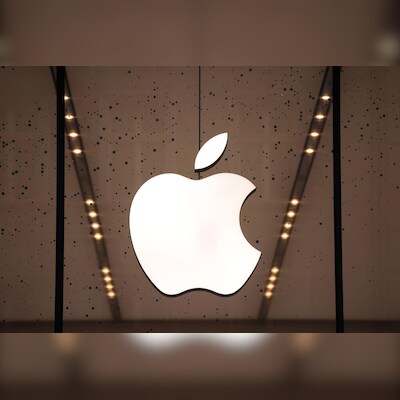Can Google make India a hub for mobile phone assembly like Apple?
Steve Jobs, according to his biography by Walter Isaacson, once vowed to launch a “thermonuclear war” on Google because he thought the latter’s mobile platform, Android, was a “stolen product”.
Before Android, they worked closely together. Eric Schmidt, who served as Google’s Chairman, served on Apple Inc’s board. In a turn of events, he left the board because of the conflict between the iPhone and Android.
This trend of switching between friendship and enmity has continued over the years; most recently, Bloomberg reported, quoting unnamed sources, that Apple was in talks to build Google’s Gemini artificial intelligence into iPhones.
Last week, Google took its first tentative step in that direction by finalising its mobile device assembly partners in the country. As stated publicly, it will roll out “make in India” Google Pixel phones sometime this year.
Yawning gap
Truth be told, Google is a bit player in the global as well as Indian mobile phones market. Last year, it sold 10 million phones worldwide. Apple Inc assembled two and half times more iPhones in India alone. If you compare global sales in volumes, Apple’s number is 22-times higher. Google’s global market share, according to Counterpoint Research, is negligible — it was 0.73 per cent in the first quarter of 2024. Apple’s was 17 per cent, the second largest after Samsung’s 20 per cent.
Even in India, Google’s phones are not a big force. But its share of the overall market is going up – in 2023, at 0.25 per cent, it was nearly double of the previous year. Counterpoint projects it will grow by 39 per cent in 2024. Neil Shah, founder of the research agency, says Google will be able to sell 600,000 to 700,000 phones in India annually once it starts making it in the country.
Apple Inc sold more than 7.5 million iPhones in India last year, according to estimates.
In many ways, Google is taking a route in India similar to Apple Inc’s. It has tied up with contractassemblers eligible for incentives under the government’s production-linked incentive scheme, which helps cut costs. Secondly, Google is relying on Taiwanese giant Foxconn — Apple’s largest vendor in India — as well as a home-grown player in Dixon. Apple has partnered with the Tata Group, which bought Wistron.
Apple Inc initially tested the waters in India with a limited production of mobile phones. Even in the first PLI year 2021-22 (FY22), it did $2 billion in production sales, which has jumped seven fold by FY24. Google is expected to follow a similar path.
Large market
Google operates in two segments. Its Pixel 8 is positioned in the super premium segment above Rs 1 lakh. There, it locks horns with Apple and Samsung. The Pixel a series, on the other hand, has an offering in the entry premium and upper-mid segments of the market (above Rs 30,000), where companies such as One Plus operate.
“The above Rs 30,000 market is 20 per cent of volumes and 51 per cent in value. That is the addressable market for Google phones in India,” says Shah. This market would include everything above the Rs 30,000 mark.
Those following Google’s tryst with the Pixel say it had started its journey tentatively, primarily to showcase the strength of the Android platform on its own phones. But it did that without taking its clients head on: Most mobile phone makers in the world use Android, Apple being the standout exception.
But Google has graduated to a bigger play despite being largely limited to the top end of the market. It is already the fourth largest selling phone in the United States, with a market share of 2 per cent (fourth quarter of 2023, according to Counterpoint), though this pales in comparison to Apple Inc, whose US market share stands at 64 per cent.
Out of China
Google started manufacturing the Pixel phones in China in 2016, and shifted some production to Vietnam in 2019 due to the growing US-China tensions. Now it has decided on a third base in India.
India offers things Vietnam does not. India’s domestic mobile phone market, worth $37 billion in 2023, is much larger than Vietnam’s ($3 billion). Officials of the India Cellular and Electronics Association say the government should slowly nudge Google to shift a large part of its production from Vietnam to India.
Nearly 95 per cent of all phones sold in India are on Android. The country has cheap mobile internet and tops the global list of YouTube watching population with a humongous 462 million. India and Vietnam are similar in terms of value addition on phones. But India, thanks to the PLI scheme, has narrowed the cost gap with Vietnam from 7-8 per cent a few years ago to less than 3-4 per cent.
Pixel is ahead of the curve in integrating AI Gemini, leaving its rivals to play catchup. It also has also designed in house the Tensor chip (manufactured by Samsung), which is focused on phones for AI and machine learning. Apple, on the other hand, has extended the patent licence agreement to use of the Qualcomm 5G modem chip through 2027, as its inhouse 5G modem chips have got delayed.
First Published: May 26 2024 | 10:12 PM IST
